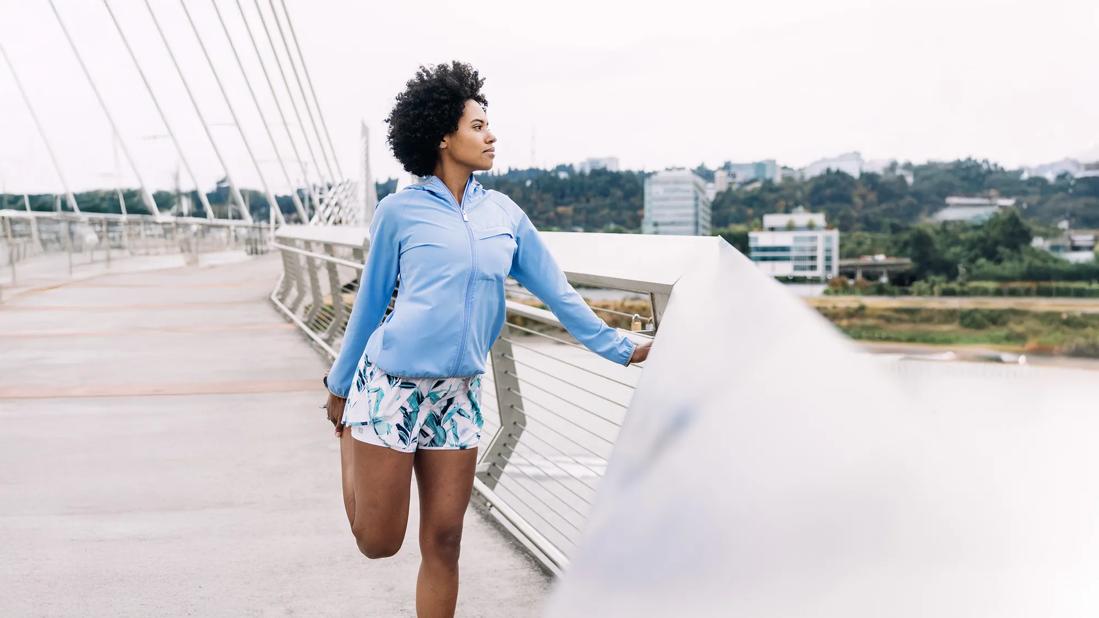Exercising and stretching your lower back, hamstrings, hips and quads can greatly improve your physical well-being

Limiting your physical activity or sitting for long periods of time can cause your muscles to lose their flexibility and range. And as you age, your muscles gradually become shorter and begin to lose some elasticity. Aging can also decrease the range of motion in your hips, shoulders and spine.
Advertisement
Cleveland Clinic is a non-profit academic medical center. Advertising on our site helps support our mission. We do not endorse non-Cleveland Clinic products or services. Policy
But the good news is that it’s never too late to find ways to improve your flexibility. When you work flexibility exercises and stretches into your normal exercise routine, it can greatly improve your physical well-being and help offset the effects of aging.
Exercise physiologist Christopher Travers, MS, explains that flexibility refers to your muscles’ and joints’ capacity to move through their full range of motion without pain or stiffness.
You can become more flexible by engaging in activities that stretch and lengthen your muscles, such as:
But consistency is key. If you find it difficult to make time for an entire class, simply setting aside a few minutes every day for dynamic stretching can really go a long way in improving your muscle elasticity, joint mobility and overall physical function.
“Dynamic stretching better prepares your body for the different types of movement you’ll use throughout the day and in upcoming workouts,” says Travers.
These five stretches and exercises are a good place to start if you’re looking to improve your flexibility.
Advertisement
Advertisement
“There truly is a variety of flexibility exercises you can do,” Travers says. “If you can find a few you enjoy, you’ll reap the benefits of having an easy, go-to routine that will become second nature.”
And knowing how to stay flexible can help make you feel better, move more easily, and prevent joint pain and muscle tension down the road.
Advertisement
Learn more about our editorial process.
Advertisement

A consistent walking program is an effective way to drop pounds and lose body fat

You can improve your athletic performance over time by breaking up your workout regimen into focused cycles

Shoulder rolls, hamstring stretches and calf exercises can all improve flexibility and endurance

Lower-intensity workouts can deliver high-quality health and fitness results

Incremental changes in your exercise routine can improve your strength and endurance over time

Understanding heart rate zones can help you tailor your workout to reach your goals

Increase the size of your muscles by bulking up on protein and focusing on slow, intense movements with progressive overloading

Low-impact exercises help you recover faster between sets, during cool downs and on rest days

Start having sex about 72 hours before ovulation, then at least every other day during your fertile window

Attachment theory suggests that your earliest relationships shape connections throughout your life

It isn’t a recognized mental health disorder, but research shows that problematic social media use can negatively affect your mental health, self-esteem and sleep